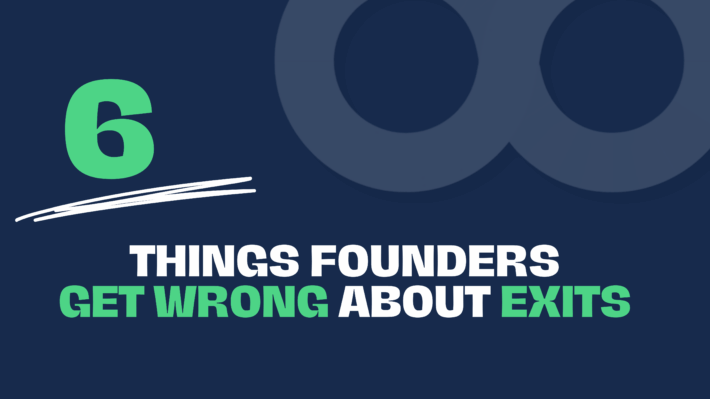Which Leadership Style Are You?

Leadership styles can make or break an organisation, especially in an employee-owned (EO) business where collaboration, trust and shared responsibility are key. But not all leaders operate the same way – some are all about strategy, while others inspire through charisma or lead with empathy. So, which type of leader are you?
Here are five distinct styles and how they play a role in employee owned companies.
1. The Visionary
You’re the big-picture thinker, always dreaming up new ideas and inspiring your team to innovate. Visionary leaders are great for EO businesses because they help employees see beyond the day-to-day and align with a shared future. The challenge? Sometimes the details get lost and execution can suffer.
EO strength: Encourages a unified, purpose-driven culture.
2. The Supportive Leader
This leader puts employees first, focusing on their growth and well-being. They believe that by supporting their people, the organisation will thrive. In an EO setting, this approach is a natural fit because it encourages trust, empowerment and a shared sense of success.
EO strength: Creates a strong, people-centric culture where employees feel valued and engaged.
3. The Collaborative Leader
Decisions aren’t made in a vacuum here – everyone gets a say. This style promotes collaboration and ensures employees have a voice, which is perfect for an EO business. However, too much discussion can slow things down and decisive action may be needed at times.
EO strength: Reinforces employee ownership by giving everyone a stake in decision-making.
4. The Transformational Leader
These leaders push their teams to reach their highest potential, constantly motivating and driving change. They work well in EO companies because they encourage employees to take ownership of their roles and strive for excellence. However, constant change can be overwhelming if not managed well.
EO strength: Inspires employees to take ownership and continuously improve.
5. The Transactional Leader
Structure, rules and clear expectations define this leadership style. While it ensures accountability and efficiency, it may not be the most engaging for EO businesses, where flexibility and participation are highly valued.
EO strength: Keeps employee-owned companies running smoothly with clear goals and processes.
So, which leadership style is best for employee ownership?
While all these styles bring something valuable to the table, in our opinion The Supportive Leader and The Collaborative Leader are the strongest fits for EO businesses. Here’s why:
- The Supportive Leader creates a culture where employees feel truly valued, boosting morale and commitment to the business.
- The Collaborative Leader ensures that every voice is heard, reinforcing the very essence of employee ownership – shared decision-making and responsibility.
But what about the other leadership styles? You can still incorporate elements of the supportive and collaborative approach without completely changing your leadership style.
- Visionary Leaders can strengthen their EO impact by actively engaging employees in shaping the future vision. By incorporating more collaboration in decision-making and taking time to acknowledge individual contributions, they can inspire not just with ideas but with inclusion and empowerment.
- Transformational Leaders can adopt a more supportive approach by ensuring that employees feel heard and not just pushed toward high performance. Taking time to mentor and genuinely invest in employees’ personal growth fosters a balance between motivation and well-being, making their leadership more sustainable in an EO setting.
- Transactional Leaders can integrate collaborative elements by creating structured feedback loops where employees have a say in goal-setting and processes. By blending efficiency with participation, they maintain order while reinforcing the EO culture of shared responsibility.
Of course, the best leaders are adaptable, blending different styles based on their team’s needs. If you can start by adding one or two of the EO strengths to your style, you’re already on your way to being a great EO leader.





